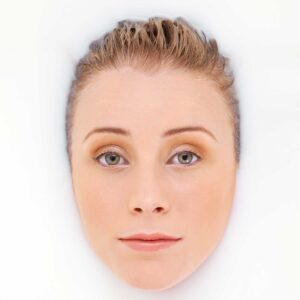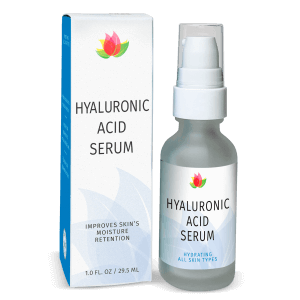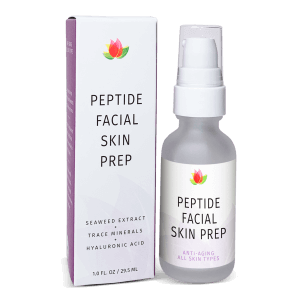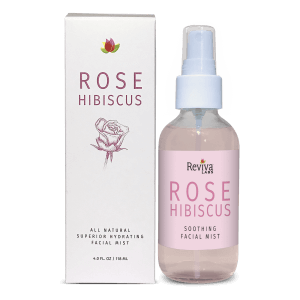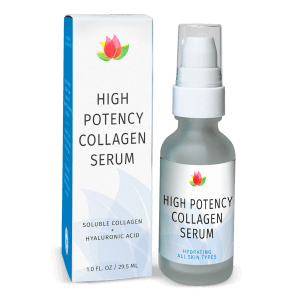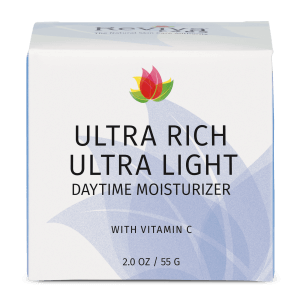The quest for radiant, youthful skin is as old as civilization itself. The history of skincare is a fascinating journey that reveals much about human culture, values, and ingenuity. From ancient civilizations to the present day, the evolution of skincare products reflects our continuous quest for beauty, health, and youthfulness.
The Beginnings
In ancient Egypt, skincare was an integral part of daily life, especially among the nobility. Egyptians are among the earliest recorded civilizations to emphasize beauty and skincare, utilizing substances like olive oil, milk, honey, and various herbs to cleanse, moisturize, and maintain their skin. They also used alabaster, which they ground into a powder and mixed with animal fat to create a prototype of modern-day body lotion. And, to protect skin from the harsh desert sun, people applied a mixture of copper and lead ore, known as malachite, as an early form of sunscreen.
In Mesopotamia, people valued the therapeutic benefits of plant oils and animal fats for skin care as well. They were among the first to invent soap, a significant advancement in personal hygiene and skincare.
Perhaps most famously, Cleopatra is said to have bathed in milk and honey to keep her skin soft and youthful. This not only highlights the importance of skincare in ancient cultures but also showcases the innovative ways in which natural resources were harnessed.
The Greeks, known for their emphasis on beauty and the human form, also had their own skincare secrets. They favored olive oil not just in their diet but also as a skincare product, using it as a cleanser, moisturizer, and even as a treatment for sunburn. Additionally, they used crushed berries and milk as natural facial masks to enhance their complexion. The famous Greek physician, Hippocrates, even recommended a mixture of honey and vinegar as a treatment for acne.
They were also pioneers in the development of bathing culture, with public baths playing a central role in social life. These baths weren’t just about hygiene; they were crucial for skincare, with various treatments, including mud baths and exfoliation techniques, to maintain the skin’s health and appearance.

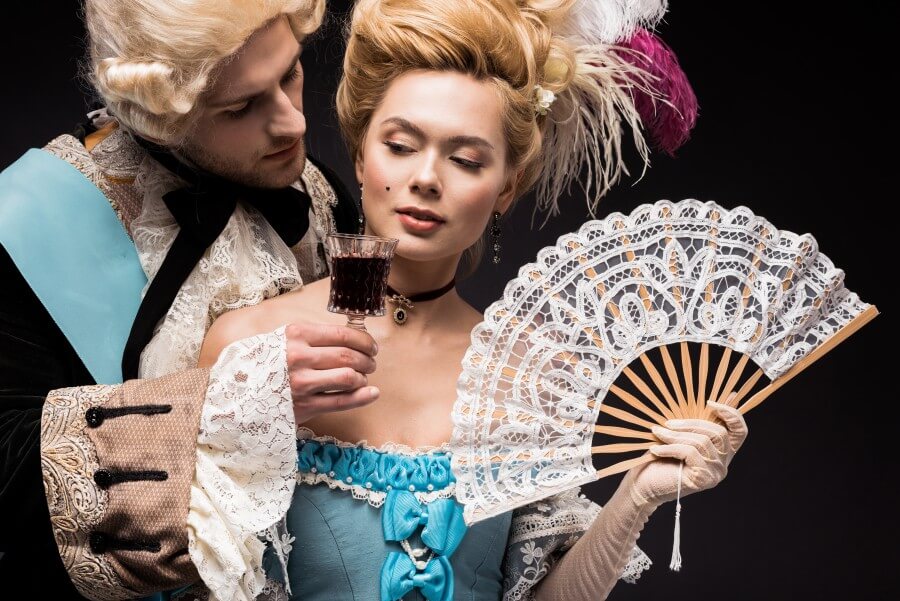

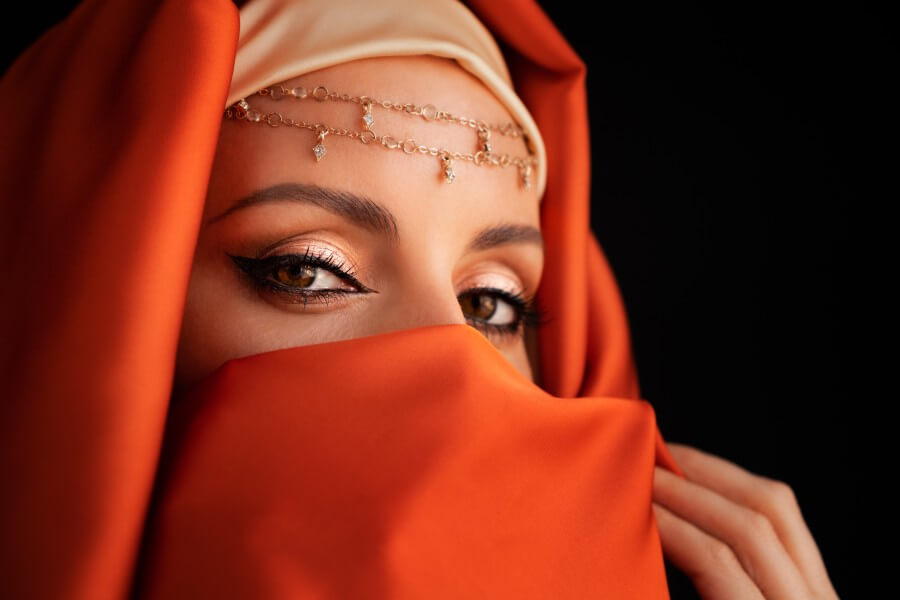
Asian Influence
Across the globe in ancient China, skincare practices were influenced by traditional Chinese medicine, which emphasized balance and harmony within the body and with nature. Skincare routines were elaborate and included the use of herbal concoctions, jade rollers for facial massages, and rice water as a toner to brighten the skin. Remarkably, these items are still used in skincare routines today. Another unique ingredient used was mung bean powder, which was mixed with water to form a paste and used as a facial scrub to exfoliate and soothe the skin.
The Middle Ages
During the Middle Ages in Europe, skincare took a backseat due to the harsh living conditions and limited knowledge about hygiene. However, by the Renaissance period, skincare regained its importance. European women used a variety of natural ingredients, such as herbs, flowers, and fats, to create ointments and washes for the skin. During the Renaissance era pale skin was valued since it was associated with wealth and nobility. This misguided idea led to the use of lead-based powders and creams to whiten the face. While these toxic powders helped women achieve the fashionable pale complexion, they also damaged women’s health in the process.
The Egalitarian Era
The industrial revolution brought about significant changes in skincare, with the advent of commercial beauty products and the rise of the cosmetic industry. The 19th and early 20th centuries saw an explosion in the availability of skincare products, ranging from cold creams to lotions and powders.
A notable product from this time is cold cream, which was invented by the Greek physician Galen. It was a mixture of water, beeswax, and olive oil, and it became a staple in women’s skincare routines for cleansing and moisturizing. Another popular product was Pears soap, which was transparent and marketed as a gentle, natural way to cleanse the skin.
These products were mass-produced and marketed to women through magazines and advertisements, making skincare more accessible to the public. This period also marked the beginning of the modern era of scientific research into skincare, leading to the development of products tailored to different skin types and concerns.
Innovation and Inclusivity
The late 20th and early 21st centuries have been characterized by a booming cosmetic industry, technological advancements, and a growing awareness of how skin functions. Products became more specialized, targeting specific skin types and concerns. Ingredients like retinol, hyaluronic acid, and various skincare friendly vitamins were introduced, leading to more effective and scientifically formulated products.
The emergence of the internet and social media has transformed how information about skincare is shared, with influencers and beauty bloggers playing a significant role in shaping trends and preferences. Today, consumers are more informed than ever, seeking out products with specific ingredients, ethical sourcing, and proven efficacy. Additionally, the skincare market has expanded to include not just women but men and people of all ages, reflecting a universal desire for healthy, beautiful skin.
The Future
In recent years, there has been a notable shift towards natural and organic skincare products, echoing the holistic practices of ancient civilizations. This trend is driven by a growing concern for the environment, health, and a healthy skepticism of synthetic ingredients. Many consumers are turning to products that are free from harsh chemicals, opting instead for those containing natural plant extracts, oils, and minerals. This return to nature does not reject the advancements of modern science but rather incorporates them, with many natural products boasting scientifically proven benefits.
Skincare has evolved from simple natural remedies to an intricate blend of science, technology, and tradition. As we continue to learn and grow, skincare will undoubtedly continue to change, influenced by cultural trends, scientific advancements, and the timeless pursuit of beauty. And yet, the essence of skincare remains constant: a testament to the enduring human quest to nurture and enhance the skin we live in.





